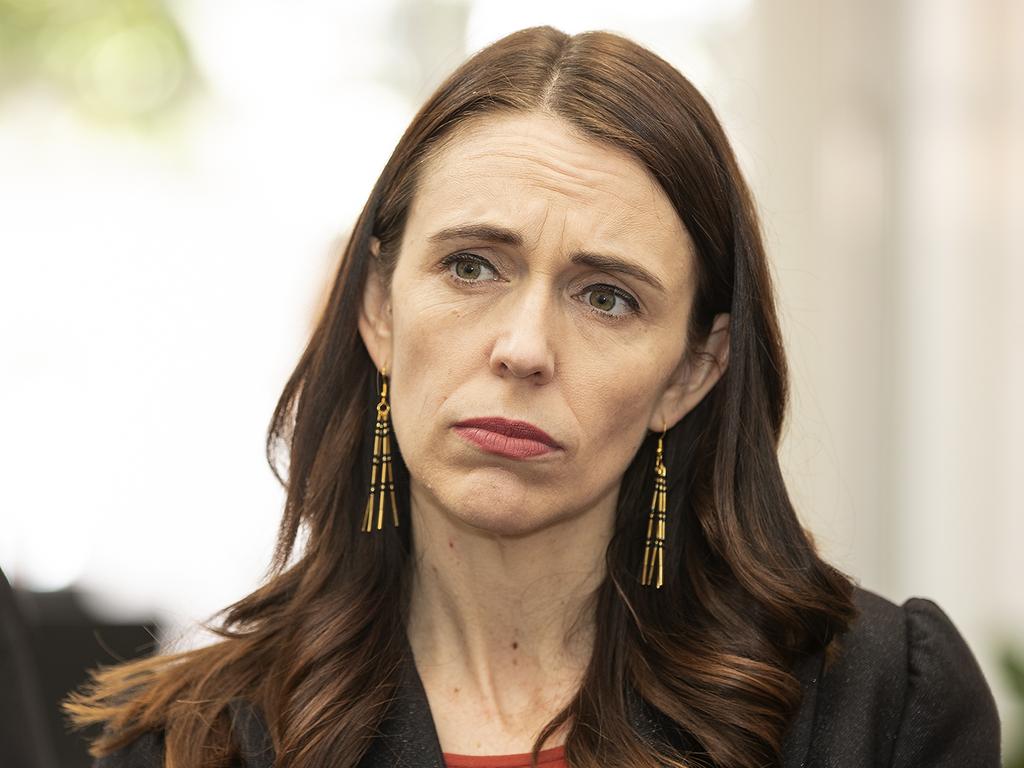Deloitte report finds uncertainty and job losses cut consumer spending
Nervous consumers fretting over COVID-19, mounting unemployment and a wobbly economy bank spare cash.

Nervous consumers fretting over COVID-19, mounting unemployment and a wobbly economy have plunged their spare cash in the bank, to send the savings rate rocketing to almost 20 per cent, and will need to eventually release and spend that cash to support the retail sector.
The latest Deloitte Access Economics quarterly Retail Forecasts report said Australia’s virus-induced employment crisis had hurt take-home incomes and eroded consumer willingness to spend.
“Unfortunately, we weren’t willing to go out and spend this extra cash … as households prepare for what they expect to be further difficult and uncertain times ahead,’’ said the report’s author, Deloitte partner David Rumbens.
“Australia’s apprehension, alongside increased disposable income and reduced spending opportunities in lockdown, has led to an extraordinary increase in household savings. After rising from 3.6 per cent to 6 per cent in the March quarter, the household savings ratio skyrocketed to 19.8 per cent in June.”
The Deloitte report, to be released on Thursday, stated that retail spending had fallen at the fastest rate in nearly 20 years as COVID-19 cast a cloud over the consumer landscape. Yet it pales in comparison to the collapse in total consumer spending experienced over the quarter.
However, within the retail data there were wild swings and volatile shifts from month to month.
There were monthly swings in spending and an enormous gulf in performance by sector and across states. Total spending slumped in the June quarter, but a solid performance in June and July suggests stronger momentum in the September quarter, the Deloitte report said.
Retail spending is faring better than general consumer spending, with retail volumes falling just 3.4 per cent over the June quarter, compared with the 12.1 per cent collapse in household spending volumes. Retail sales were well up compared with a year earlier in June and July, and this momentum is expected to continue into the September quarter, with retail volumes expected to bounce back by 5.4 per cent.
However, as almost $50bn in stimulus payments drawn from JobKeeper, JobSeeker and early withdrawals from superannuation starts to taper off in the new year, the retail sector will require spending to flow to maintain growth. This could be sourced from the high savings rate, but Australians will need to feel confident about their jobs and the economy.
“In the coming months, Deloitte predicts that anxious consumers will continue to save, although some households may be forced to withdraw savings as support tapers off and more jobs are lost.”
Mr Rumbens said pent-up demand from consumers stuck at home and unable to go on holidays could flow back into retail, which would be vital for the sector.
“We see that as quite important over the next year in supporting overall consumer spending.
“Broadly savings have gone up and we wouldn’t expect the savings rate to maintain at nearly 20 per cent. We would expect that to come down reasonably quickly, which is good news in that it provides some buffer for ability to spend.
“The trick is, how do you release that? So if people start to feel less nervous and less cautious, secure in their jobs over the next year, then likely you would see that savings rate come down.”
Mr Rumbens forecasts retail quarterly growth of over 1 per cent next year.
“The big winners so far have been supermarkets and household goods, they have already benefited, their growth is not going to maintain the rates that it has been at. What has missed out has been cafes, restaurants, apparel and department stores and so those are the areas where there is strong potential to come back.”








To join the conversation, please log in. Don't have an account? Register
Join the conversation, you are commenting as Logout